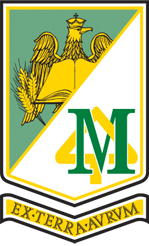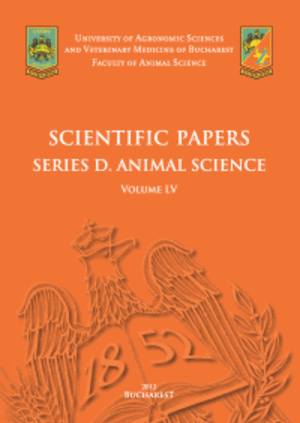Published in Scientific Papers. Series "Management, Economic Engineering in Agriculture and rural development", Vol. 24 ISSUE 4
Written by Mykola KREMEZ, Mykola POVOD, Oleksandr MYKHALKO, Tatiana VERBELCHUK, Serhii VERBELCHUK, Vira KOBERNIUK, Valeriy BORSHCHENKO, Halyna KALYNYCHENKO, Ludmila ONISHENKO
The study examined the performance of purebred, crossbred, and hybrid piglets during their rearing period and the efficiency of their results under a liquid feeding system. It was found that during rearing, purebred piglets of the Large White and Landrace breeds were inferior to their counterparts of the synthetic sire line PIC–337 in intra–line breeding by 29.2% and 24.1% in terms of average daily and absolute gains. They had a 29.4% and 24.3% higher mass at the end of this period but were inferior to them by 2.7% and 2.0% in terms of survivability. There was a trend towards a 4.1% improvement in average daily and absolute gains and a significant 4.0% difference in the mass of weaners at the end of rearing in favor of the Landrace breed. Hybrid piglets obtained from crossbred sows of maternal breeds in direct and reverse crossing with boars of the synthetic sire line PIC–337 outperformed their crossbred peers from direct and reciprocal crossing of these two maternal breeds by 8.0–15.7% in average daily and absolute gains, by 9.5–15.3% in live weight at the end of rearing, and by 0.7–1.3% in survivability during rearing. Crossbred animals from direct and reverse crossing of maternal breeds did not have significant differences in reproductive performance indicators. Hybrid piglets consumed and utilized 5.5–14.0% more feed daily and throughout the rearing period compared to their crossbred peers and 9.1–17.0% more compared to purebred animals of the maternal line. They also had better feed conversion by 0.6–2.8% compared to crossbreeds and by 3.8–5.0% compared to purebred peers of the maternal breeds. In turn, crossbred piglets consumed 0.7–4.8% more feed daily and throughout the rearing period and had 2.2–5.3% better feed conversion compared to the original maternal breeds. Piglets of the synthetic sire line consumed feed at the same level as their hybrid peers, 6.3–7.7% more than crossbreeds, and 9.1–11.2% more than purebred animals of the maternal breeds.
[Read full article] [Citation]

 Next Issue will be published according the the calendar.
Next Issue will be published according the the calendar.



